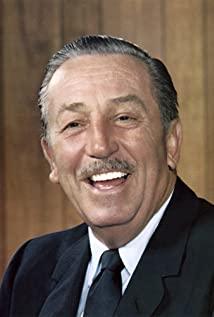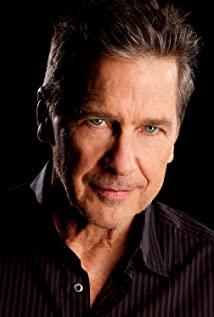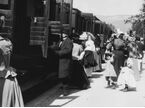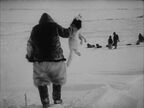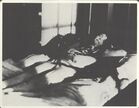-
[longer introduction to "Dance of the Hours"]
Deems Taylor: Now we're going to do one of the most famous and popular ballets ever written: the "Dance of the Hours" from Ponchielli's opera "La Gioconda". It's a pageant of the hours of the day. We see first a group of dancers in costumes to suggest the delicate light of dawn. Then a second group enters dressed to represent the brilliant light of noon day. As these withdraw, a third group enters in costumes that suggest the delicate tones of early evening. Then a last group, all in black, the somber hours of the night. Suddenly, the orchestra bursts into a brilliant finale in which the hours of darkness are overcome by the hours of light. All this takes place in the great hall, with its garden beyond, of the palace of Duke Alvise, a Venetian nobleman.
-
[longer introduction to "Night On Bald Mountain" and "Ave Maria"; last spoken lines]
Deems Taylor: The last number on our Fantasia program is a combination of two pieces of music so utterly different in construction and mood that they set each other off perfectly. The first is "A Night On Bald Mountain" by one of Russia's greatest composers, Modest Mussorgsky. The second is Franz Schubert's world-famous "Ave Maria". Musically and dramatically, we have here a picture of the struggle between the profane and the sacred. "Bald Mountain", according to tradition, is the gathering place of Satan and his followers. Here, on Walpurgnisnacht, which is the equivalent of our own Halloween, the creatures of evil gather to worship their master. Under his spell, they dance furiously until the coming of dawn and the sounds of church bells send the infernal army slinking back into their abodes of darkness. And then we hear the "Ave Maria", with its message of the triumph of hope and life over the powers of despair and death.
Extended Reading











































